A business card is a small card that contains your name, contact information, and other essential details about your business. These cards are important tools for networking and making a memorable first impression. Choosing the right paper for your business cards is crucial to ensure they convey the right message about you and your brand.
When it comes to business cards, GSM stands for grams per square meter. 📏 This number tells you how thick and heavy the paper is. Higher GSM means thicker and more durable paper, while lower GSM means thinner and lighter paper. Knowing about GSM is essential when selecting the best business card paper for your needs. 📊
1. How Does GSM Impact the Durability of Business Cards?
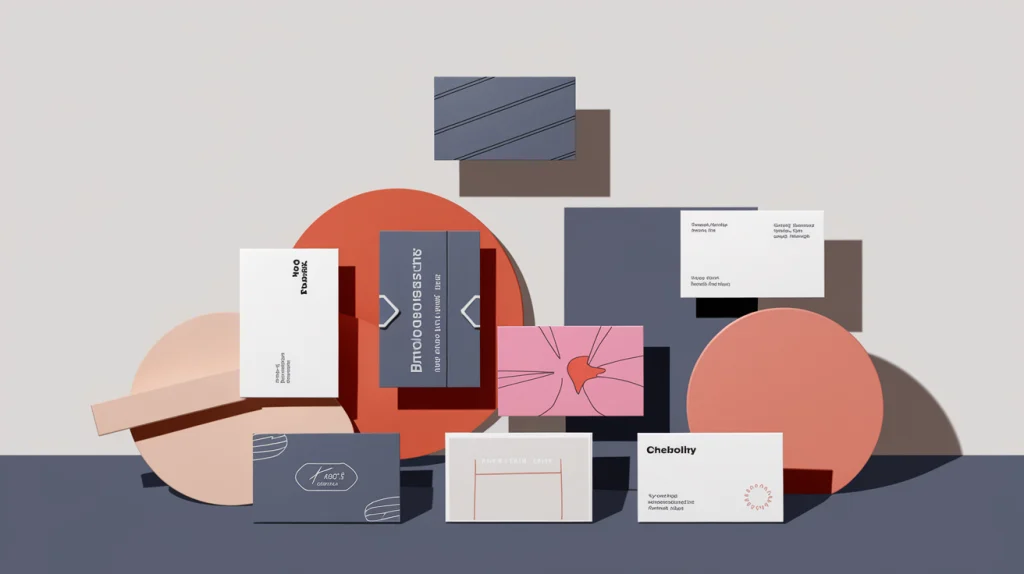
The GSM of business card paper affects how well the card holds up over time. 💪 A thicker card (usually above 300 GSM) can handle being passed around without bending or tearing easily. This durability is essential for making a good impression! 🌟 On the other hand, lighter cards (below 250 GSM) might feel flimsy and could get damaged quickly. Choosing the right GSM is crucial for making sure your cards last. For example, if you plan to hand out cards at events or meetings, opt for a higher GSM to ensure they stay in good shape. A sturdy card shows professionalism and attention to detail.
What GSM Should You Choose for Your Business Needs?
Selecting the right GSM depends on how you will use your business cards. 🤔 For everyday use, a GSM between 250-350 is usually best. This range provides a good balance of thickness and flexibility.
If you want your cards to stand out even more, you might consider heavier options (400 GSM and above). These thicker cards not only feel luxurious but also make a statement. 💎
Remember, the best business card paper will match your brand’s image and how you want to be perceived. A thicker card may work better for more formal businesses, while a lighter card can be suitable for casual or creative fields. ✨
2. What Are the Pros and Cons of Glossy vs. Matte Business Card Paper?
Glossy business card paper has a shiny finish that makes colors pop. 🎨 This type is great for vibrant designs and photographs. However, glossy paper can show fingerprints and may be harder to write on. ✍️
On the other hand, matte business card paper offers a smooth and non-reflective surface. 🌈 It’s easier to write on, which is great if you want to add personal notes when giving out cards. However, matte paper may not showcase bright colors as effectively as glossy options.
In short, think about your design and how you plan to use your cards. If you want a bright and colorful card, glossy might be the way to go. But if you need a more sophisticated look or plan to write on the cards, matte could be the better choice. 🆚
How Do Textured and Specialty Paper Types Enhance Your Cards?
Besides glossy and matte, there are textured and specialty paper types to consider. 🎨 Textured paper can give your business cards a unique feel, making them memorable. For instance, Suede Business Cards feel soft and luxurious, while spot UV business cards have shiny areas that add a striking contrast. 🖤✨
These specialty papers can help your cards stand out in a stack. Using a unique texture or finish can create a lasting impression on anyone who receives your card. Just remember that specialty papers might come at a higher cost, so consider your budget. 💰
3. What Best Practices Ensure Compatibility with Inkjet Printers?
Check the printer specifications before buying business card paper to ensure it works with inkjet printers. 📃 Some papers are designed specifically for inkjet printing. Look for labels that say “inkjet compatible” to ensure they work well together.
Another tip is to adjust your printer settings. 🖨️ Set your printer to the correct paper type. For example, choose the “photo” or “glossy” setting if you use glossy paper. This helps your printer put down the right amount of ink for the best look.
Which Papers Provide Optimal Ink Absorption for the Best Results?
Choosing the right paper is key to getting clear and bright prints. 🖼️ Look for papers that say they have good ink absorption. This helps the colors appear vivid and prevents smudging.
For inkjet printers, matte paper is often a good choice. It absorbs ink well and provides a nice finish. Glossy papers also work, but they can take longer to dry. 🌈
Remember, testing a few sheets before printing all your cards is always a smart idea. This way, you can see how the ink looks and make adjustments if needed. 🎨
4. What Are the Top Choices for Home Printing of Business Cards?
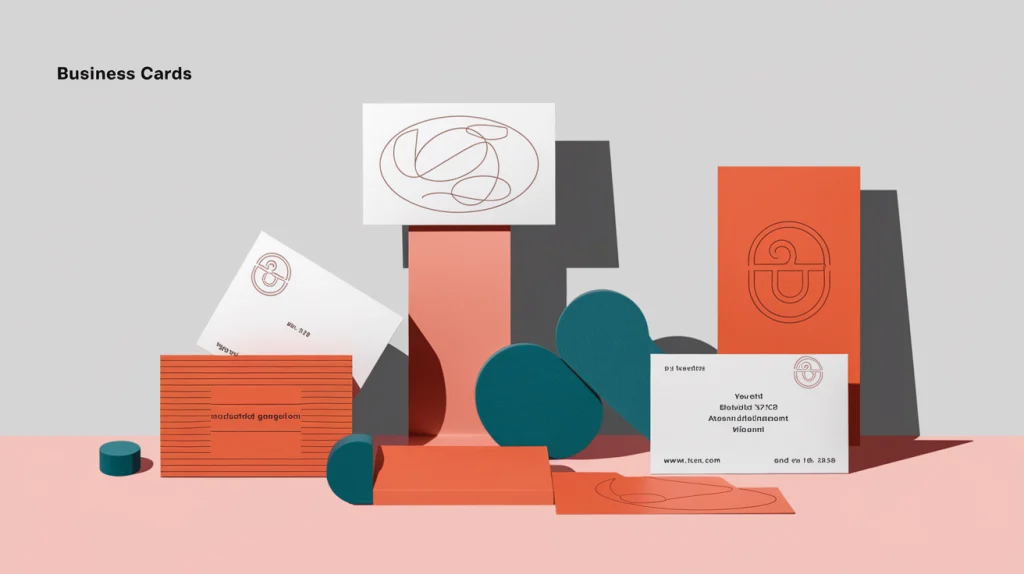
When printing at home, there are several types of paper to consider. 📜 One popular choice is cardstock. This paper is thick and durable, making it perfect for business cards. Another option is photo paper, which has a glossy finish and makes colors pop.
Many people also choose matte paper for a more subtle look. This type is great if you want to write on your cards later. 🖊️ Each type has its pros and cons, so think about what fits your needs best.
How Can You Find Cost-Effective Options for DIY Business Cards?
If you want to save money, there are many budget-friendly options available. 💰 Look for A4 business card sheets, which often come with pre-cut cards. This way, you don’t need to buy special equipment to cut them yourself.
You can also find paper in bulk, which usually costs less per sheet. 🏷️ Check your local office supply store or online for sales and discounts. Don’t forget to read reviews to find quality paper at the best price! 🛒
5. What Dimensions Should You Know About Business Card Paper A4?
The most common size for business cards is 90 x 50 mm or 3.5 x 2 inches. This size is perfect for handing out and fits well in most wallets. 👜
If you are using A4 paper, it usually measures 210 x 297 mm or 8.3 x 11.7 inches. You can print multiple cards on one sheet and then cut them out. ✂️ This way, you can save money and print as many as you need! Just make sure to follow the correct cutting lines for the best results.
What Are the Pros and Cons of Custom Business Card Sizes?
Custom sizes can make your cards stand out, but they also come with some challenges.
Pros:
- Unique sizes can catch people’s attention and make your brand memorable. 🌟
- You can design cards that reflect your business style more closely.
Cons:
- Custom sizes may not fit in standard cardholders. This could make it hard for people to keep your card. 🏷️
- Printing costs might be higher for custom sizes since fewer cards fit on a sheet.
Think carefully about what size works best for you and your goals! 🤔
6. What Business Card Paper Weight Options (GSM) Should You Consider?

GSM (grams per square meter) tells you how heavy the paper is. Here are some common weight options for business card paper:
- 250-300 GSM: This weight is standard for many business cards. It feels good in the hand and holds up well. 👍
- 300-400 GSM: Cards in this range are thicker and more luxurious. They make a strong impression! 💼
- Under 250 GSM: This weight is lighter and may feel flimsy. It is not the best choice for important business cards.
Choose a weight that fits your brand and how you want to be seen. ✨
How Does Weight Influence the Feel and Perception of Your Cards?
The weight of the paper affects how your business cards feel when someone holds them. 💪 A heavier card often feels more substantial and higher quality. People may think your brand is more reliable and professional if your cards feel good.
On the other hand, lighter cards may give the impression that you are cutting corners. 💔 Even if your design is beautiful, a flimsy card can ruin the overall impact.
Think about the message you want to send when choosing your paper weight. The right weight helps make a great first impression! 🎉
7. How Do You Compare Different Paper Stocks: Recycled, Thick, and More?
There are many types of paper stocks to consider:
- Recycled Paper: This option is great for the environment. 🌍 It shows that your brand cares about nature. The texture can vary, but it usually feels good and looks nice.
- Thick Paper: A thicker paper gives a premium feel. 💪 It feels sturdy and can leave a lasting impression on people. Thick cards are often seen as high-quality and professional.
- Specialty Paper: Some papers have unique textures or finishes. 🌈 For example, you might find linen or metallic papers that add flair to your cards. These options can make your business card stand out from the rest!
When comparing paper stocks, think about your brand’s image and message. Each type has its pros and cons, so choose wisely! 🤔
Which Material Is Best Suited for Your Brand Identity?
Your choice of material can reflect your brand identity. 🎨 For example:
- If your brand is eco-friendly, recycled paper is a smart choice. 🌱
- If you want to show luxury, thick or specialty papers are better. 💎
- For a casual vibe, you might choose lighter paper or fun textures. 🎉
Consider what message you want to send with your cards. The right material helps people understand who you are as a brand!
8. What Key Factors Should You Consider for Professional Business Cards?
Here are some important factors to think about:
- Purpose: Why are you giving out your business cards? Is it for networking, marketing, or something else? 🎯 Understanding your goal can guide your paper choice.
- Brand Image: How do you want people to see your brand? Professional, fun, or eco-friendly? 🏢🌼 Your paper choice should match that image.
- Budget: How much do you want to spend? 💰 There are many options in different price ranges, so you can find something that fits your budget.
By thinking about these factors, you can choose the best paper for your needs!
How Can You Match Paper Choices with Your Design Aesthetics?
Your card’s design and paper choice should work together. 🖌️ Here are some tips:
- Color and Finish: If your design has bright colors, glossy paper can make them pop! 🌟 If you prefer a softer look, consider matte paper.
- Texture: A textured paper can add depth to your design. 🤩 For example, linen paper can give a classy touch.
- Layout: Make sure your design fits well on the paper size you choose. 📏 Think about how the text and images will look.
Matching your paper choices with your design helps create a unified look. A well-designed card makes a great impression! 🥳
9. What Reviews Highlight the Best Business Card Paper Brands?
Many users share their thoughts on various brands. Here are some of the top-rated brands:
- Vistaprint: This brand is well-known for its easy online ordering and many design options. 🎨 Customers love how quick and simple it is to get their cards printed.
- Moo: Moo is famous for its high-quality paper and unique designs. 🖼️ People often praise their thick cards and colorful finishes.
- Staples: This is a great choice if you need business cards quickly. 🕒 Many reviews mention how fast and affordable their services are.
Reading reviews can help you pick the right brand for your needs! 🗣️
What Are the Differences Between Budget-Friendly and Premium Options?
When shopping for business card paper, you’ll see both budget-friendly and premium choices. 💰 Here are the main differences:
- Budget-Friendly: These papers are usually thinner and less expensive. 🏷️ They are good for basic needs but may not feel as sturdy.
- Premium Options: These papers tend to be thicker and have better finishes. 🌟 They can make your cards look more professional and last longer.
Think about what’s important for your brand. If you want to make a strong impression, a premium option may be worth it! 😊
10. What Sustainable Options Are Available for Business Cards?
There are many sustainable paper options you can consider:
- Recycled Paper: This type of paper is made from materials that have been used before. ♻️ It helps reduce waste and is often just as good as regular paper.
- Plant-Based Paper: Some companies offer paper made from plants, like bamboo or sugarcane. 🌱 This option is biodegradable and friendly to nature!
- FSC-Certified Paper: This paper comes from responsibly managed forests. 🌲 Choosing FSC-certified paper means you support healthy forests and ecosystems.
These options allow you to create cards that are good for the planet! 🌟
What Are the Benefits of Using Recycled Paper for Your Cards?
Using recycled paper has many benefits:
- Less Waste: By choosing recycled paper, you help keep waste out of landfills. 🌍
- Eco-Friendly Image: It shows that your brand cares about the environment. 🌿 People often appreciate brands that take steps to be green!
- Quality Options: Many recycled papers are high-quality and look great! ✨ You don’t have to sacrifice style for sustainability.
Choosing recycled paper is a smart move for both your business and the planet! 🌎
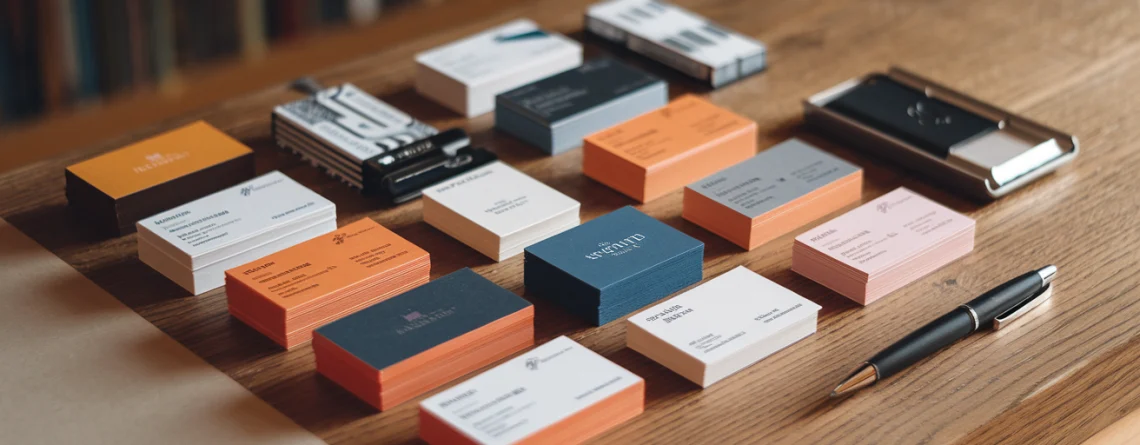

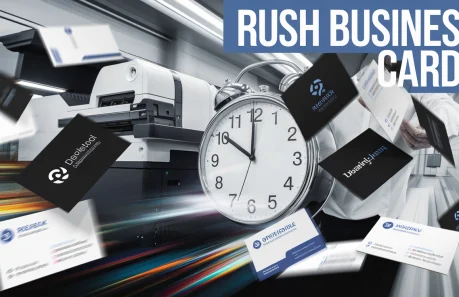

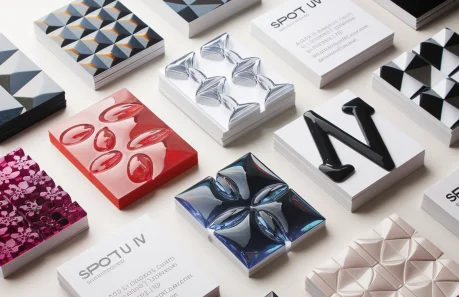
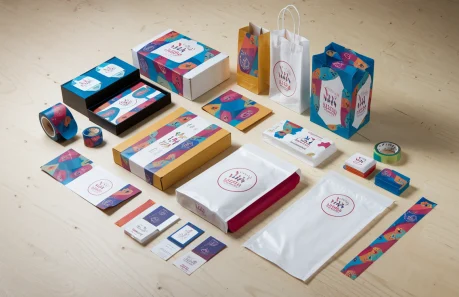
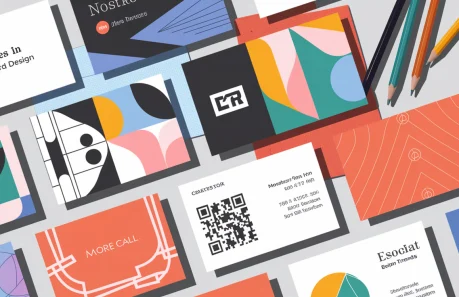
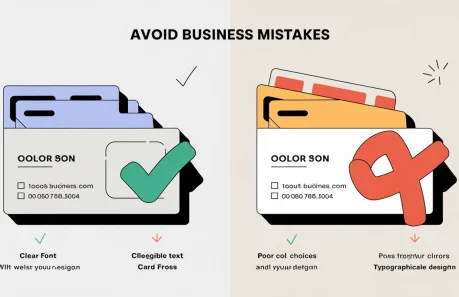

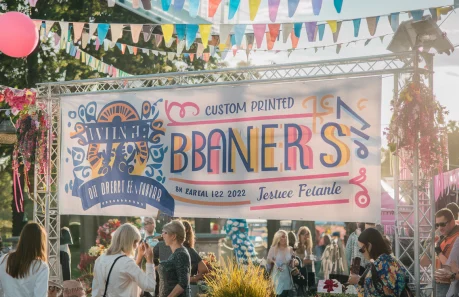
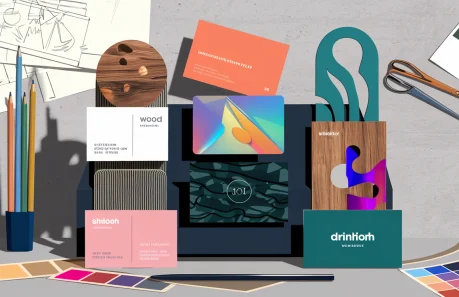
Leave a Reply